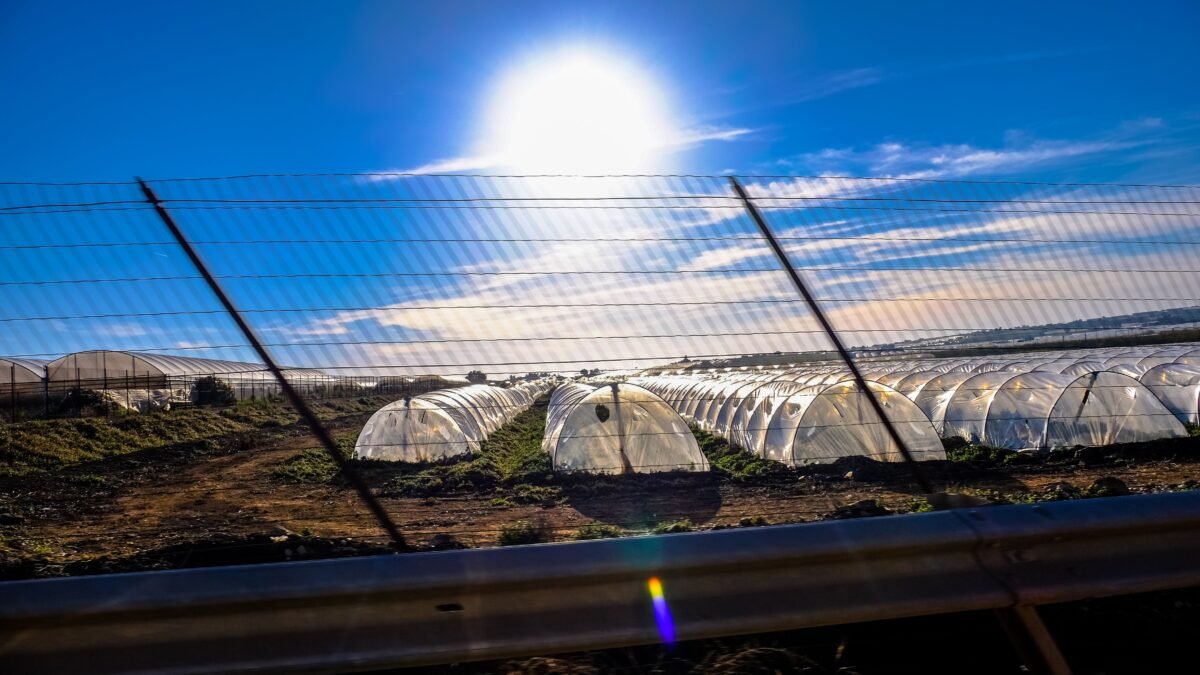In the dynamic world of solar energy, where the sun’s rays are transformed into electricity, solar inverters play a pivotal role as unsung heroes. Often overshadowed by the prominence of solar panels, these devices are essential components that convert direct current (DC) generated by solar panels into usable alternating current (AC). Let’s explore the significance of solar inverters, their types, and their crucial role in unlocking the full potential of solar power.
Understanding Solar Inverters:
A solar inverter is a critical component of a solar power system responsible for converting the DC produced by solar panels into the AC used to power homes, businesses, and the electrical grid. This conversion is vital because most electrical appliances and the power grid operate on AC, making inverters essential for making solar energy usable.
Types of Solar Inverters:
- String Inverters: String inverters are a common and cost-effective choice for residential and small-scale commercial installations. In this system, multiple solar panels are connected in series to form a string. The DC power generated by the entire string is sent to a single inverter for conversion to AC. While string inverters are straightforward and economical, their performance can be affected if one panel in the string is shaded or malfunctions.
- Microinverters: Microinverters, on the other hand, are attached to individual solar panels. Each panel has its dedicated inverter, allowing them to operate independently. Microinverters maximize energy production by minimizing the impact of shading or the performance of a single panel on the entire system. This makes them an excellent choice for installations where panels may be subject to varying sunlight conditions.
- Central (or String) Inverters with Power Optimizers: This hybrid solution combines aspects of both string inverters and microinverters. Central inverters are still used, but power optimizers are added to each solar panel. The optimizers maximize the energy harvest of each panel and mitigate losses due to shading or panel mismatch. This configuration offers a balance between cost efficiency and individual panel performance.
- Battery Inverters (Hybrid Inverters): Hybrid inverters are designed to work in conjunction with energy storage systems, such as solar batteries. These inverters can manage both the solar panels and the battery storage, allowing homeowners to store excess energy generated during the day for use during periods of low sunlight or at night. Hybrid inverters are gaining popularity as energy storage becomes more integral to solar installations.
Crucial Role of Solar Inverters:
- DC to AC Conversion: The primary function of a solar inverter is to convert the DC electricity generated by solar panels into AC electricity. This transformation is essential because most electrical appliances, lighting, and the power grid operate on AC power.
- Optimizing Power Output: Inverters play a vital role in optimizing the power output of a solar system. Power losses due to shading, varying panel orientations, or differences in panel performance can be mitigated by advanced inverter technologies. This ensures that the solar installation operates at its maximum potential, even under less-than-ideal conditions.
- Grid Connection and Net Metering: Solar inverters facilitate the connection of solar installations to the electrical grid. This grid connection allows excess electricity generated by the solar panels to be fed back into the grid. Through net metering, homeowners or businesses receive credits for the surplus energy they contribute, offsetting their electricity bills.
- Monitoring and Diagnostics: Modern solar inverters come equipped with monitoring systems that allow users to track the performance of their solar installation in real-time. Inverters provide valuable data on energy production, system health, and potential issues, enabling timely diagnostics and maintenance.
- Safety Features: Inverters are equipped with safety features to ensure the smooth and secure operation of solar installations. These features include rapid shutdown mechanisms, overvoltage protection, and compliance with industry safety standards.
Myths and Misconceptions:
- Inverters Consume a Lot of Electricity: While it’s true that inverters use a small amount of electricity for their own operation, this consumption is minimal compared to the overall energy production of a solar system. Advances in inverter technology have also led to more energy-efficient designs.
- Inverters Have a Short Lifespan: Solar inverters typically have a lifespan of 10 to 25 years, depending on the type and quality. Routine maintenance and adherence to manufacturer guidelines can contribute to the longevity of the inverter.
- String Inverters Are Obsolete: String inverters are still widely used, especially in residential and small-scale commercial installations. They offer a cost-effective solution and are suitable for applications where shading is not a significant concern.
In conclusion, solar inverters are the silent heroes that make solar energy accessible and usable. As technology advances, the role of inverters continues to evolve, ensuring that solar installations operate efficiently and contribute to the global shift towards renewable energy. Understanding the importance of inverters is crucial for anyone considering or already benefiting from solar power.




